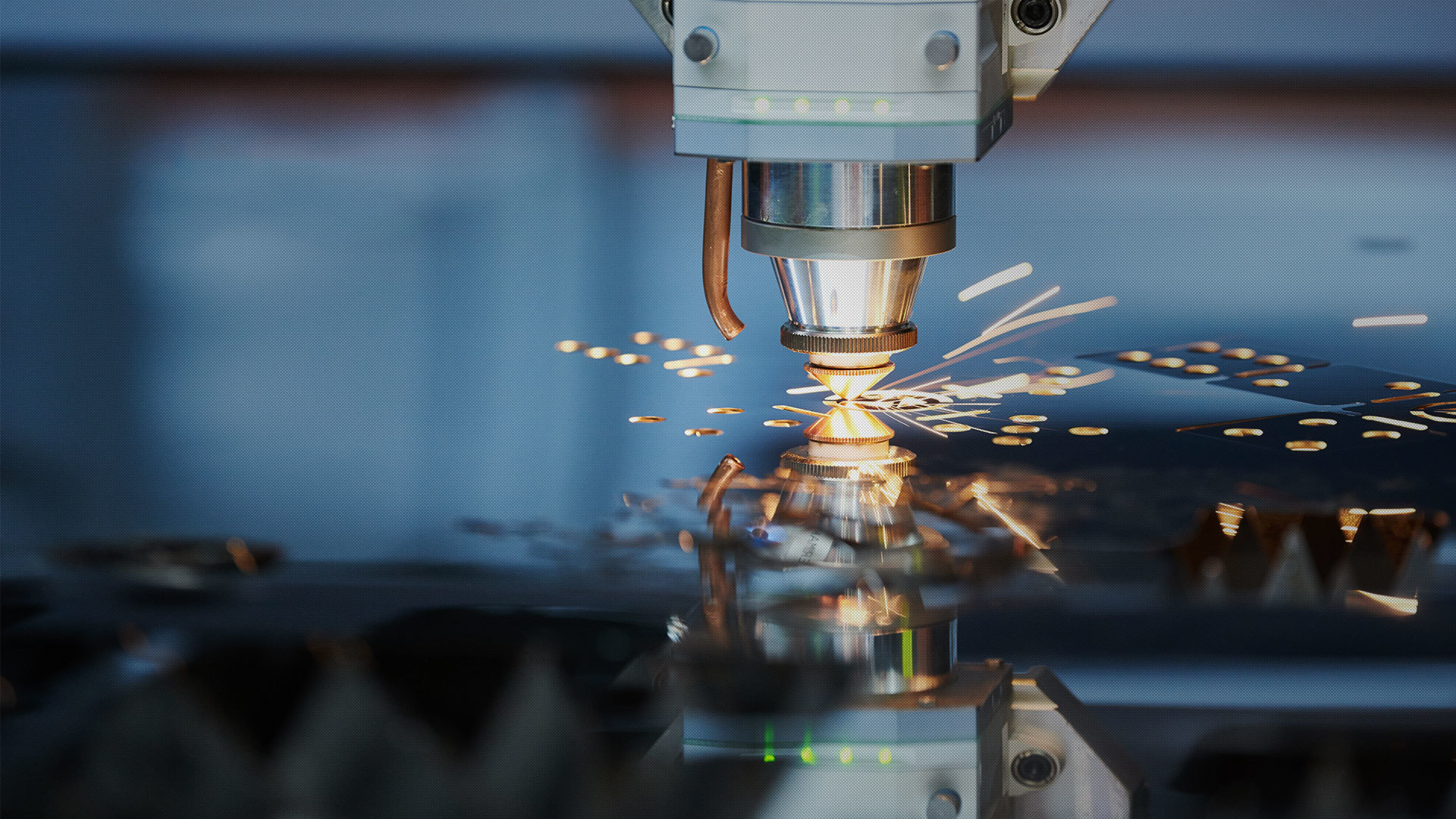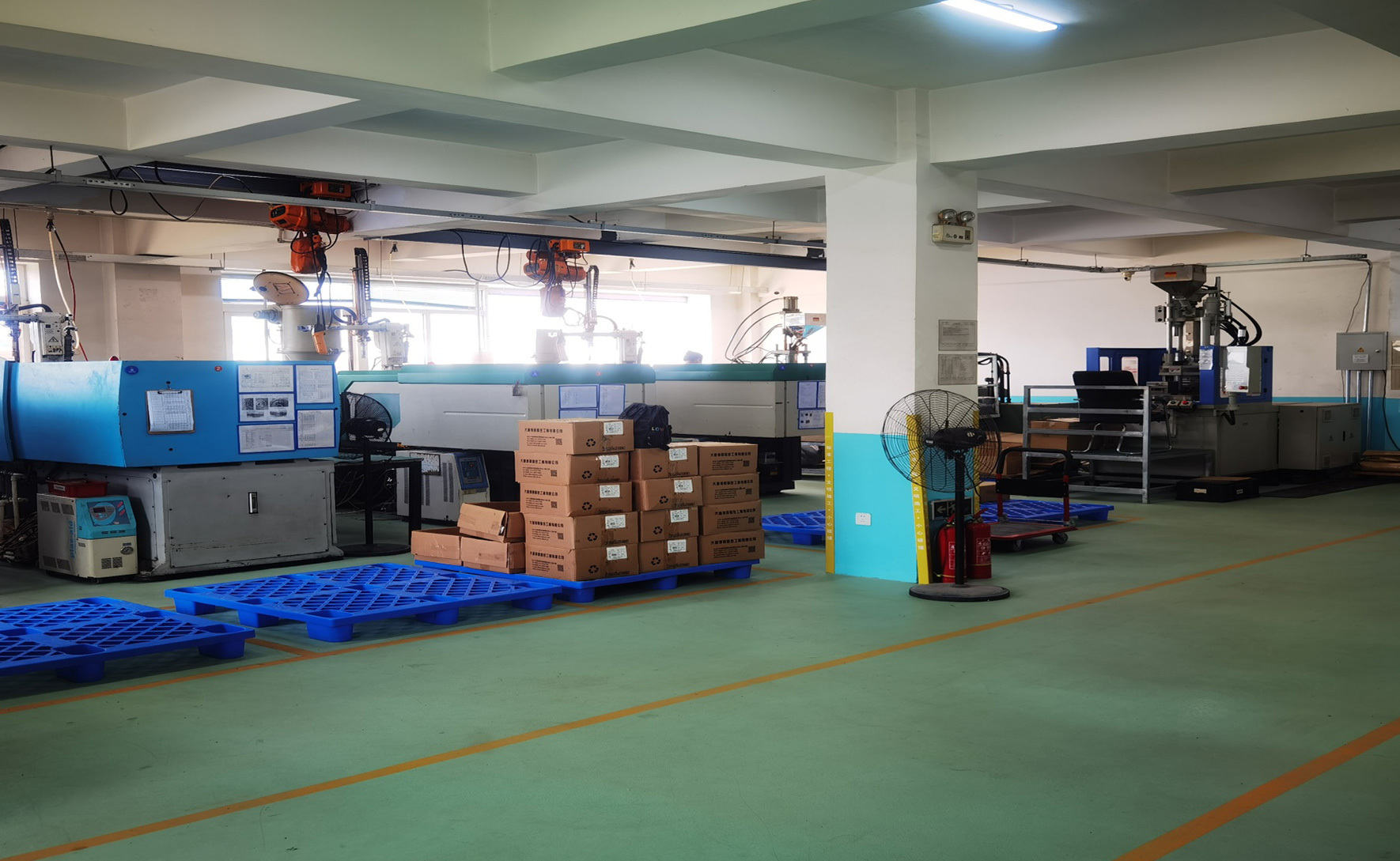Requirements for working conditions of injection molds
Category: Industry Information
Sep 22,2023
Plastic products have been widely used in industrial and agricultural production, transportation, communications, medical and health and people's daily life. The vast majority of these plastic products need to be produced by molds, so the performance requirements of plastic molds are getting higher and higher, the mold structure is becoming more complex, the manufacturing difficulty is greater, the production cycle is longer, and the manufacturing cost is higher. Shenzhen injection mold material selection is a very important part of the entire injection mold production process. The injection mold meets the work requirements of wear resistance, strength and toughness, the injection mold meets the process requirements, and the injection mold should meet the economic applicability.
The working conditions of the injection mold are:
1. wear resistance
Blank in the injection mold cavity plastic degeneration, along the cavity surface both flow and sliding, so that the cavity surface and the billet between the violent friction, resulting in injection mold due to wear and failure. Therefore, the wear resistance of the material is one of the basic and important properties of the injection mold. Hardness is the main factor affecting wear resistance. In general, the higher the hardness of the injection mold parts, the smaller the amount of wear and the better the wear resistance. In addition, the wear resistance is also related to the type, quantity, shape, size and distribution of carbides in the material.
Thermal and cold fatigue resistance of 2.
Some injection molds are in a state of repeated heating and cooling during the working process, which causes the surface of the cavity to be pulled and the pressure to change the stress, causing surface cracking and peeling, increasing friction, hindering plastic deformation, reducing the dimensional accuracy, Resulting in the failure of the injection mold. Hot and cold fatigue is one of the main forms of hot injection mold failure, to help this type of injection mold should have a high resistance to hot and cold fatigue performance.
3. corrosion resistance
Some injection molds such as plastic mold at work, due to the presence of chlorine, fluorine and other elements in the plastic, after heating decomposition of HCI, HF and other strong corrosive gas, erosion of injection mold cavity surface, increase its surface roughness, aggravate wear failure.
4. strength and toughness
Most of the working conditions of injection molds are very bad, and some often bear large impact loads, resulting in brittle fracture. In order to prevent the sudden brittle fracture of the injection mold parts at work, the injection mold should have high strength and toughness. The toughness of the injection mold mainly depends on the carbon content, grain size and organizational state of the material.
5. fatigue fracture properties
During the working process of injection mold, fatigue fracture is often caused under the long-term action of cyclic stress. Its form is small energy multiple impact fatigue fracture, tensile fatigue fracture contact fatigue fracture and bending fatigue fracture. The fatigue fracture properties of injection molds mainly depend on their strength, toughness, hardness, and the content of inclusions in the material.
6. high temperature performance
When the working temperature of the injection mold is higher, the hardness and strength will decrease, resulting in early wear or plastic deformation of the injection mold and failure. Therefore, the injection mold material should have high tempering stability to ensure that the injection mold has high hardness and strength at operating temperature.


Plastic mold production process, from material selection to the whole process of mold production
Plastic mold manufacturing material selection is very important, in general, the mold material can be divided into three categories, namely metal materials, wood and plastic. According to the requirements of the mold, choose the most suitable material to ensure the quality and performance of the mold.













 中文版
中文版 English
English 日本語
日本語